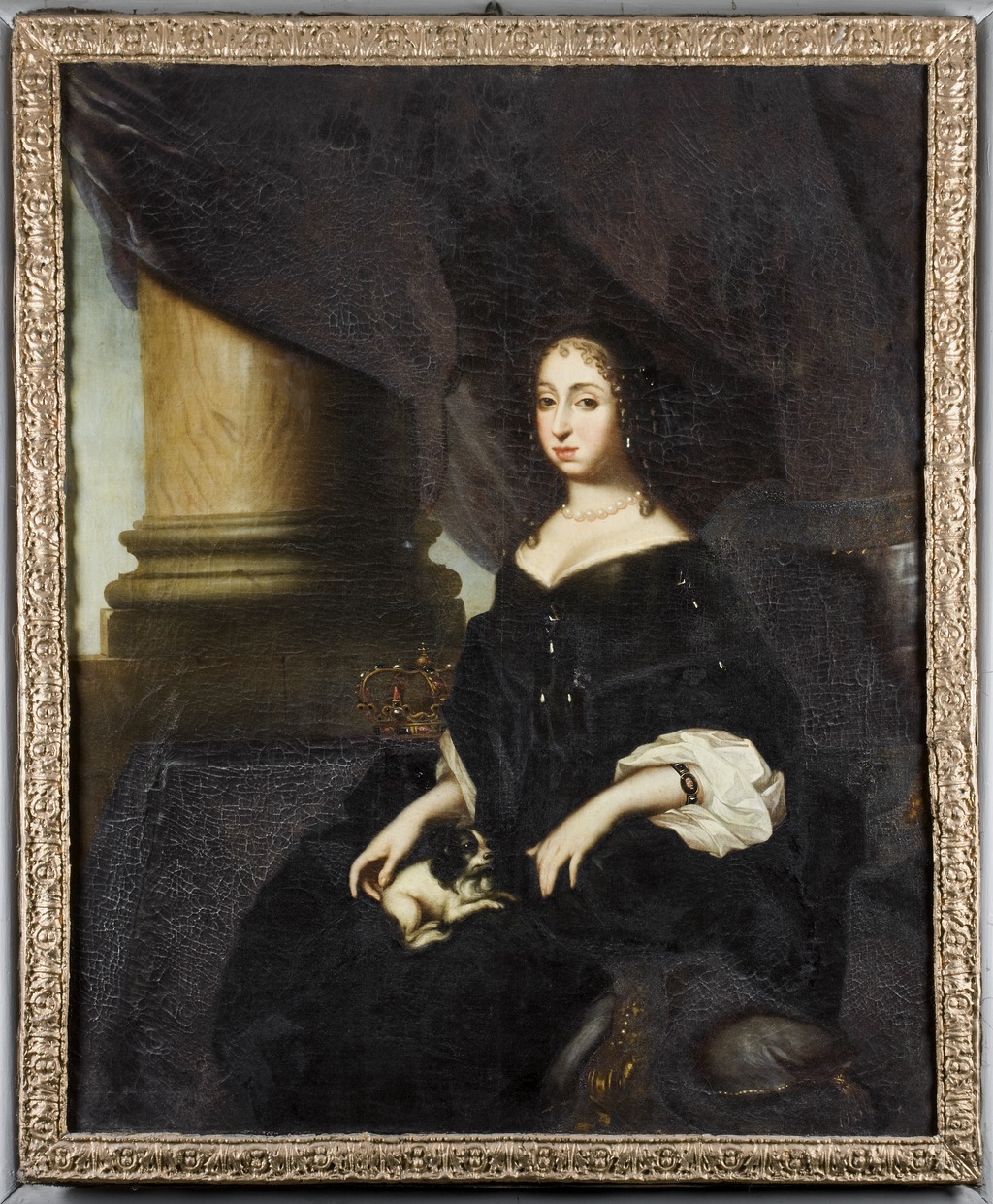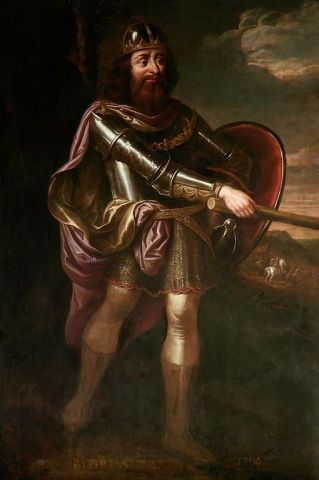February 11th - This Date in Wine History
/Wine has a long established history of being our drink of choice for celebrating, entertaining, and savoring life; but it didn't start out that way. From the invention of the barrel to the designation of the separate viticultural areas, wine has a long and sorted history. In our daily feature "This Date In Wine History," we share an event of critical importance in wine history.
Emperor Claudius’ heir Britannicus is thought to have been poisoned by Nero in AD 55 by poisoning the water used to cool Britannicus’ wine. The water had been previously tasted and found safe.
Carl Michael Bellman, a Swedish composer, musician, poet, and songwriter died in 1795. He is best known for Fredman’s songs and Fredman’s epistles which included themes of pleasure, drunkenness and sex.
Lydia Maria Child was born in 1802. She was an abolitionist, novelist, and activist for women’s and native American rights. She is famous for writing “Over the River and Through the Wood” and the American Frugal Housewife which included recipes for food and cures that include wine as well as for wines themselves.
The term Eiswin was coined on this day in 1830 to describe the wines of the 1829 harvest in Bingen-Dromersheim.
William Thomas Brande died in 1866. A chemist, he was the first to be able to calculate the alcohol content of wine, cider and ale. He also believed that distilled spirits were toxic, while wine and beer, wholesome.
Seyssel AOC was named in 1942.










